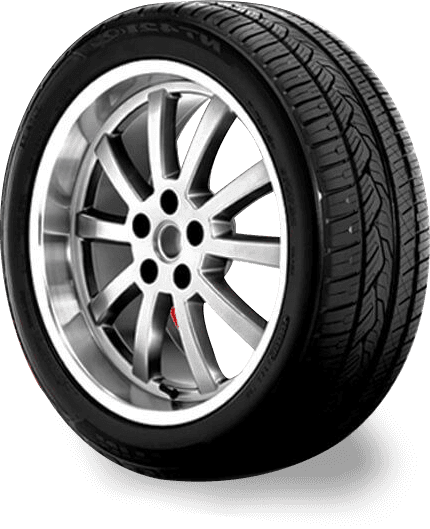
Nov . 05, 2024 08:42
Back to list
natural gas pressure reducer
Understanding Natural Gas Pressure Reducers
Natural gas is a key energy source around the world, providing fuel for heating, cooking, electricity generation, and various industrial processes. To ensure the safe and efficient transportation and utilization of this energy source, gas pressure reducers play a crucial role in the overall system. This article explores the function, importance, and types of natural gas pressure reducers, as well as tips for their maintenance.
What is a Natural Gas Pressure Reducer?
A natural gas pressure reducer, often referred to as a pressure regulator, is a device designed to decrease the pressure of natural gas to a level that is safe and usable for residential and commercial applications. As natural gas travels through pipelines from production sites to consumers, it can experience fluctuations in pressure due to factors such as demand changes or distance from production sites. Without a pressure reducer, the high pressure gas can be dangerous and may damage appliances or pose safety hazards.
Importance of Pressure Reduction
The importance of pressure reducers cannot be overstated. First and foremost, they enhance safety by preventing over-pressurization in gas supply systems. Excess pressure can lead to leaks, ruptures, or even explosions. Secondly, pressure reducers ensure the efficient operation of gas-burning appliances. Most appliances, such as furnaces, water heaters, and stoves, are designed to operate at specific pressure levels for optimal performance. Operating at the correct pressure enhances efficiency and prolongs the lifespan of these appliances.
Types of Pressure Reducers
Natural gas pressure reducers come in various types, each designed for specific applications and pressure requirements. The main types include
2. Second-stage regulators These regulators take the medium pressure from the first-stage regulator and further reduce it to a low and controllable pressure, suitable for residential or commercial use.
natural gas pressure reducer

3. Combination regulators These devices integrate both first and second-stage regulation in a single unit, making them compact and efficient for distributing gas in smaller systems.
4. Electronic regulators These advanced regulators utilize electronic controls to dynamically adjust the pressure based on real-time demand and conditions, providing greater precision and responsiveness.
Maintenance Tips for Pressure Reducers
To ensure that natural gas pressure reducers function optimally, regular maintenance is essential. Here are some helpful tips
- Regular Inspections Schedule periodic inspections with qualified professionals to identify any signs of wear or damage. Check for leaks, corrosion, or malfunctioning parts.
- Clean and Replace Filters Many pressure reducers have integrated filters that catch debris and contaminants. Regularly clean or replace these filters to maintain efficiency.
- Monitor Performance Keep an eye on the performance of your gas appliances. If you notice uneven heating, fluctuating flames, or other irregularities, it may indicate a problem with the pressure reducer.
- Professional Calibration If installation conditions change or equipment is added, have the pressure reducer re-calibrated by a professional. This ensures that pressure levels remain within the safe range for all connected appliances.
Conclusion
Natural gas pressure reducers are critical components in the safe and efficient use of natural gas. By reducing high pressures to safe, usable levels, they protect both users and appliances, enhancing overall safety and performance. Understanding their function and the importance of maintenance can lead to more reliable and effective gas systems, ensuring that natural gas continues to serve as a vital energy source. Whenever in doubt, it is always advisable to consult with professionals who specialize in natural gas systems to ensure everything operates smoothly and safely.
Next:
Latest news
-
Safety Valve Spring-Loaded Design Overpressure ProtectionNewsJul.25,2025
-
Precision Voltage Regulator AC5 Accuracy Grade PerformanceNewsJul.25,2025
-
Natural Gas Pressure Regulating Skid Industrial Pipeline ApplicationsNewsJul.25,2025
-
Natural Gas Filter Stainless Steel Mesh Element DesignNewsJul.25,2025
-
Gas Pressure Regulator Valve Direct-Acting Spring-Loaded DesignNewsJul.25,2025
-
Decompression Equipment Multi-Stage Heat Exchange System DesignNewsJul.25,2025

